Questionable strategy by Dodgers backfires as Cubs slam their way to lead in NLCS

CHICAGO—President of the United States, air traffic controller, new first-time parent and big league manager in the postseason in the age of deep bullpens. Such are the pursuits that hasten the natural aging process.
“What I have noticed,” said Chicago Cubs catcher David Ross, who has given thought to the managing gig, “is how fast it ages people. I mean, like right away you see their faces go gaunt and their hair go gray. Me, I don’t have much hair left, so whatever I do have would be gone.”
Game 1 of the National League Championship Series took its incremental toll on Dodgers rookie manager Dave Roberts. This has been a manager’s postseason, mostly because starting pitching has diminished in this age of specialization and teams can’t wait to begin the Relievers on Parade Show that has become part of nightly television programming.
Forty starting pitchers have taken the mound this postseason. Only eight even met the formerly modest requirement of a quality start (at least six innings, three earned runs or less). Relief pitchers have more wins (11, against eigth losses) this postseason than do starters (9-12).
Cubs Hub: Check out all of SI.com's coverage of Chicago's quest for a title
As heavy bullpen usage increases the number of decisions a manager must make, so, too, increase the chances that one of them will blow up. After Game 1 Roberts has explosive residue on his hands.
Motivated by the questionable want of getting Chicago closer Aroldis Chapman out of a 3-3 game, Roberts ordered intentional walks in the eighth inning to Jason Heyward, a .230 hitter, and Chris Coghlan, a .188 hitter—the latter being one of only five intentional walks in postseason history with runners on first and second. The gambit moved to within one pitch of working when Dodgers reliever Joe Blanton jumped ahead 0-and-2 of Miguel Montero, who was hitting for Chapman. All Blanton had to do was throw one more of his signature pitches, a slider, to reward his manager’s courage.
Afterall, Blanton had thrown 64 two-strike sliders this year. Hitters batted .080 against those pitches, with only two singles in 25 at-bats, 19 of which ended in a strikeout. Moreover, Blanton had thrown 273 0-2 sliders in his career without ever giving up a home run.
If you’ve been paying even the slightest attention to the Cubs’ season, you know exactly what happened next. Blanton threw an awful slider in the heart of the plate. Montero blasted it over the ivy-colored wall in rightfield.
Montero’s blast turns Game 1 of the NLCS into a magical night at Wrigley
Wrigley Field erupted in its own explosion, though this one of joy and relief. The old lady of a ballpark shook so much that below the stands in the Cubs’ clubhouse video room, where Chicago second baseman Javier Baez was watching a replay of his flyout that preceded the walk to Coghlan, Baez felt the roof above his head quake from the roar above. Welcome to Wiggly.
“I have never,” Cubs shortstop Addison Russell said, “heard it like that. Pretty cool.”
Dexter Fowler blasted the next Blanton pitch for another home run, and suddenly it felt like the great wall of sound from Montero’s shot echoed across the green.
“What's the best way to win that game?” Roberts asked about issuing the walks designed to get Chapman out of the game. “[It] is to get him out of the game. So, I felt that if we did that, then the game was ours.”
I didn’t see as high a value in getting Chapman out of the game as Roberts did. Chapman is a closer who doesn’t pitch well when he gets dropped into the middle of an inning and he doesn’t pitch well when he has to sit down and come back for another inning. The Cubs have tried to treat him like an Andrew Miller-super reliever, but that’s not Chapman, and maybe another failure in such usage—he gave up a game-tying two-run single to Adrian Gonzalez in the top of the eighth, five days after failing to hold a lead against the Giants in Game 3 of the NLDS—may finally convince them to abandon such fantasy.
I would take my chances of Blanton on Heyward, who is 3-for-15 lifetime against the righthander and had zero intentional walks this season in 592 trips to the plate. That said, Roberts still found himself winding up in a good place: Blanton with an 0-and-2 count on Montero to bring the game tied to the ninth.
As Ross said, “You can manage all you want, but the players have to come through.”
2016 MLB postseason: Complete schedule, TV listings, recaps
Now, the one risk Roberts took with the second intentional walk was that he left Blanton with no margin for error. The Braves lost Game 4 of the 1996 World Series when Atlanta manager Bobby Cox intentionally walked New York Yankees hitter Bernie Williams with runners on first and second to have lefthanded reliever Steve Avery face lefthanded pinch-hitter Wade Boggs. Avery forced in the game-breaking run with a walk.
“I know Joe’s going to throw strikes,” Roberts said.
But Blanton did issue a bases-loaded walk this year and he did last year as well. And did the bases loaded situation influence him into leaving his slider up, for fear of bouncing one that risked escorting in the go-ahead run?
“You’ve got to have some [guts] to intentionally walk the bases loaded with a tight [umpire strike] zone,” Ross said.
Tomlin’s curveball delivers as he stymies Jays’ offense in Game 2 win
It was a night of unique entertainment at the old yard. In the second inning, Baez ssomehow turned a botched safety squeeze (he left third base too soon) into the first postseason steal of home by a Cub since a guy born in 1873 did it (Jimmy Slagle in the 1907 World Series). Chicago tied a franchise postseason record with five doubles. Its centerfielder, Dexter Fowler, broke his belt while making a diving catch. Cubs manager Joe Maddon pinch-hit for starter Jon Lester (after only 77 pitches through six innings of one-run ball) because he didn’t like the way he was throwing. A healthy Lester had never been pulled that early in his career with so few pitches while allowing one or no runs.
The bottom line is that the Cubs, in a game begun with Lester against wearying Kenta Maeda, won a game they were supposed to win. The Dodgers have lost their past five games when facing a lefthanded starter. This postseason they are now 3-0 when Clayton Kershaw pitches and 0-3 when he doesn’t—which makes today a must-win game for Los Angeles with Kershaw on the mound.
Wrigley Field's Most Memorable Moments
April 20, 1916: First Cubs game
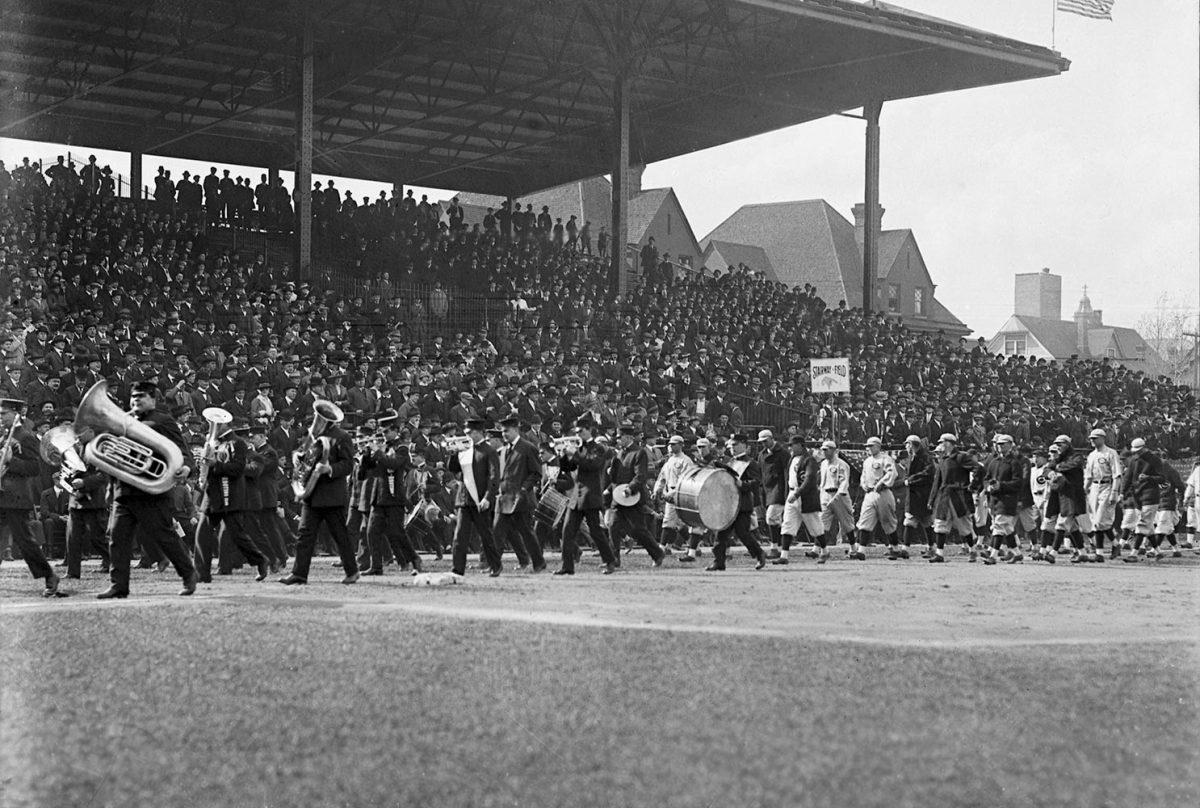
May 2, 1917: The Double No-hitter between Jim “Hippo” Vaughn and Fred Toney
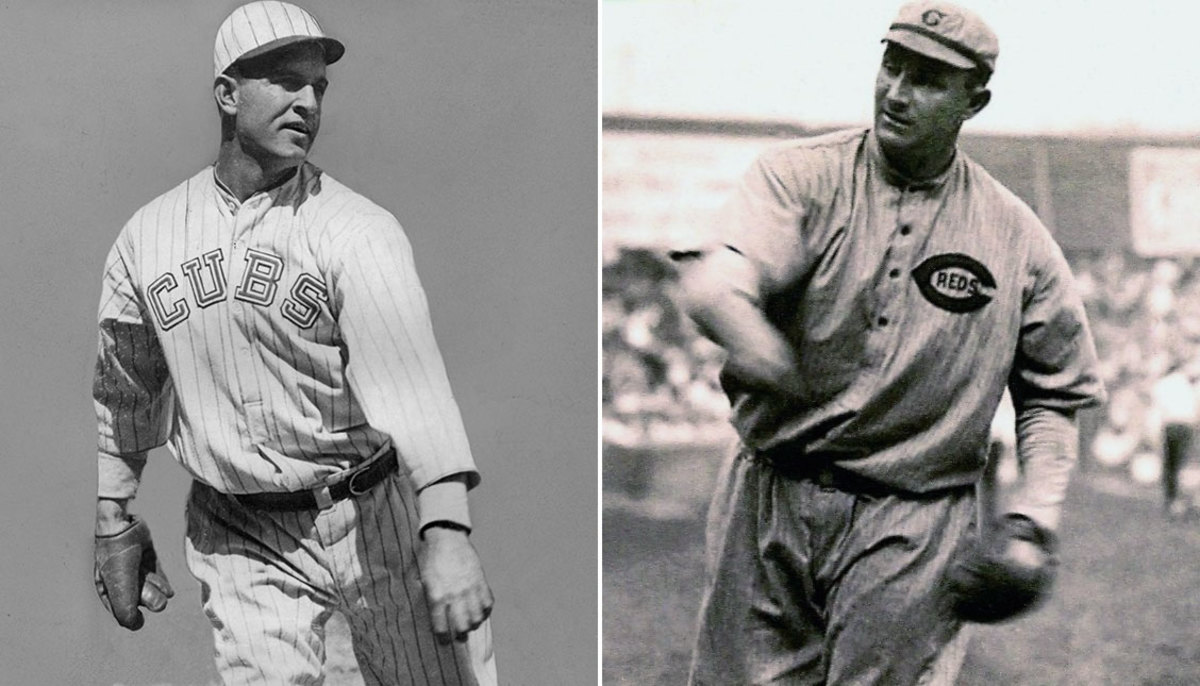
Oct. 1, 1932: Babe Ruth’s Called Shot
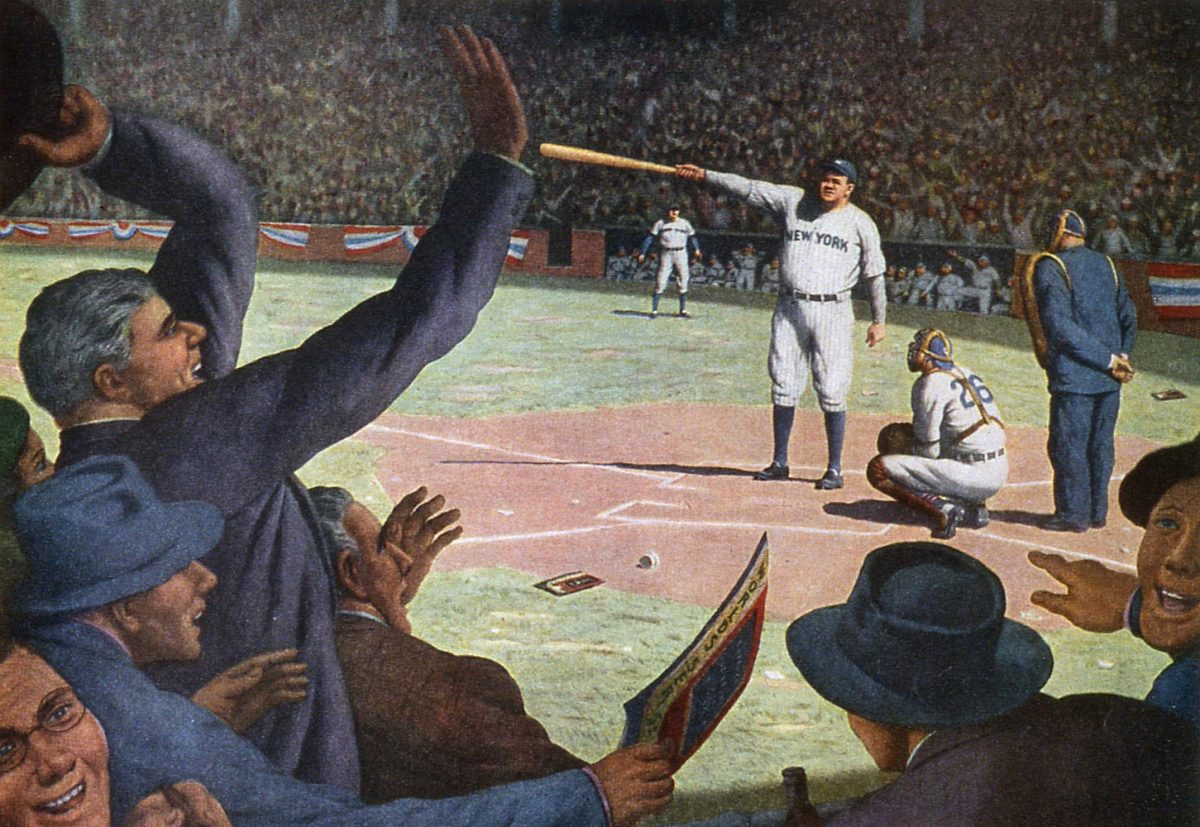
1937: Ivy appears
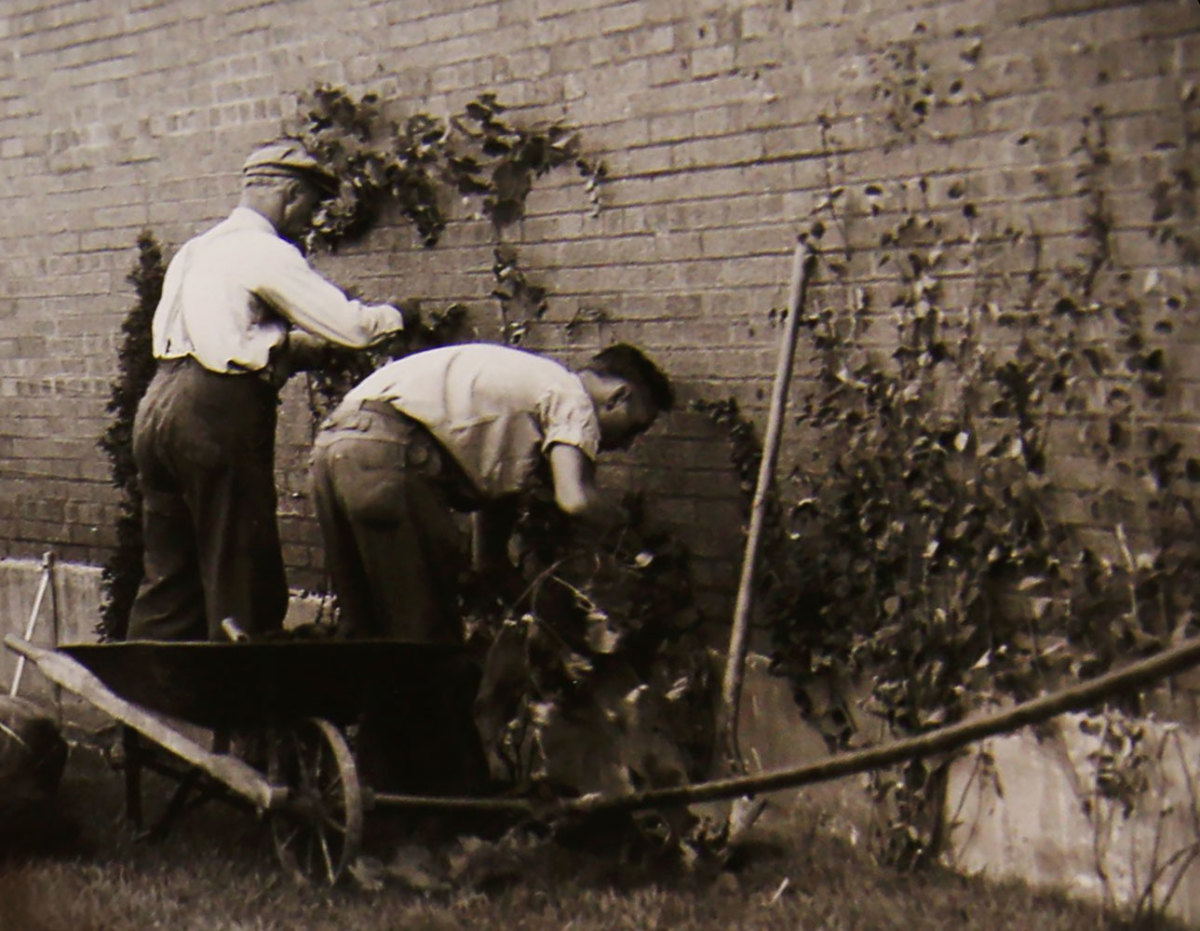
Sept. 28, 1938: Gabby Hartnett’s Homer in the Gloamin’
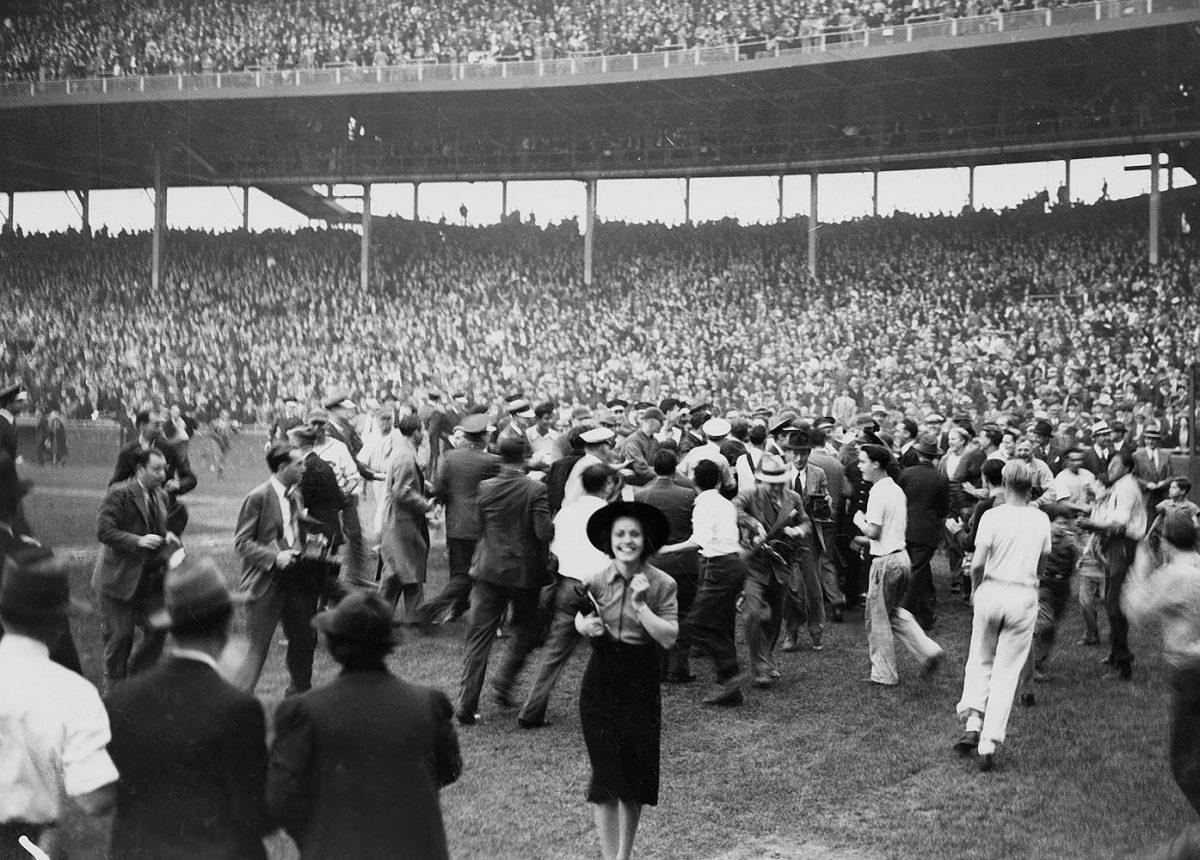
Oct. 6, 1945: Curse of the Billy Goat
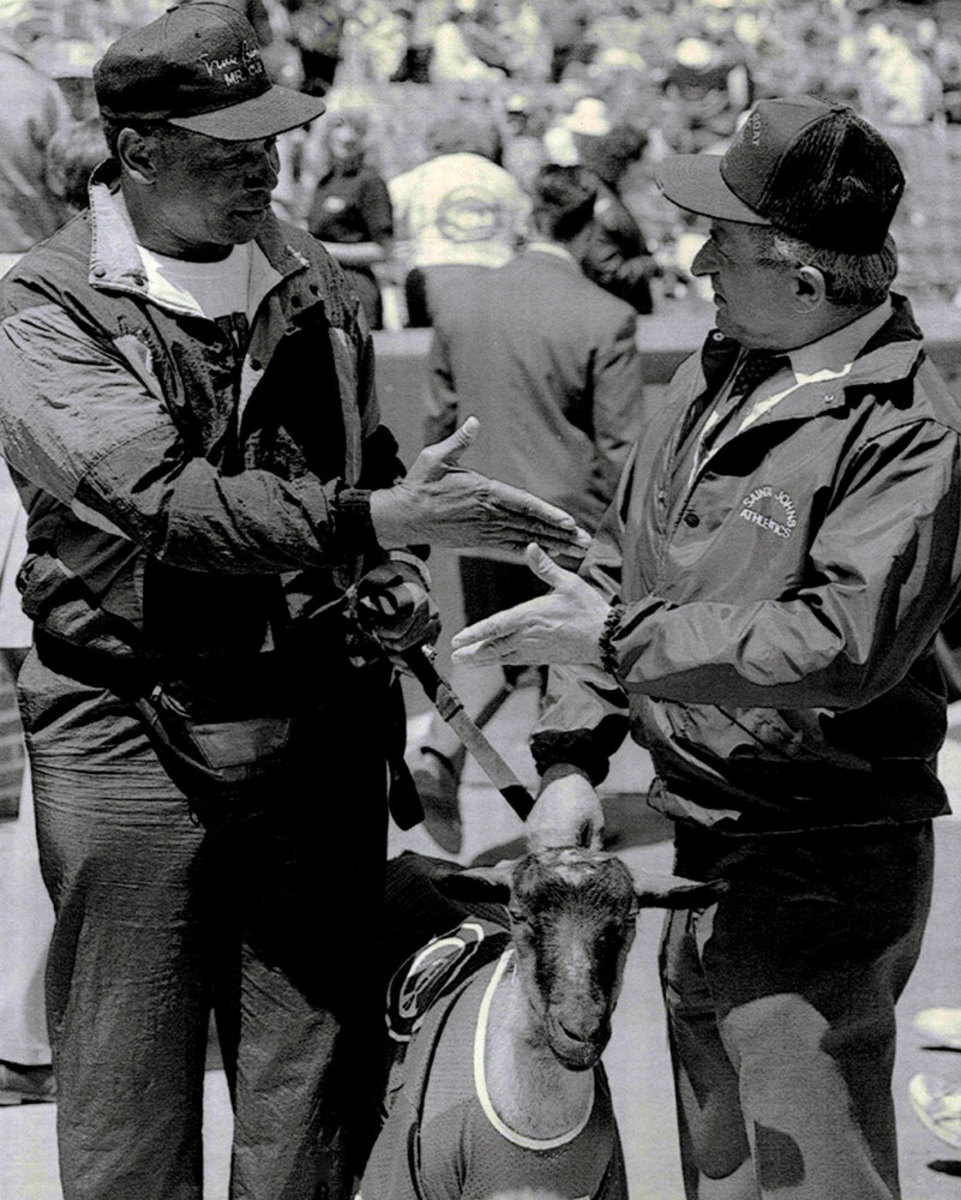
Pictured: Ernie Banks with Sam Sianis, owner of The Billy Goat Tavern, in 1994.
May 13, 1958: Stan Musial gets his 3,000th career hit
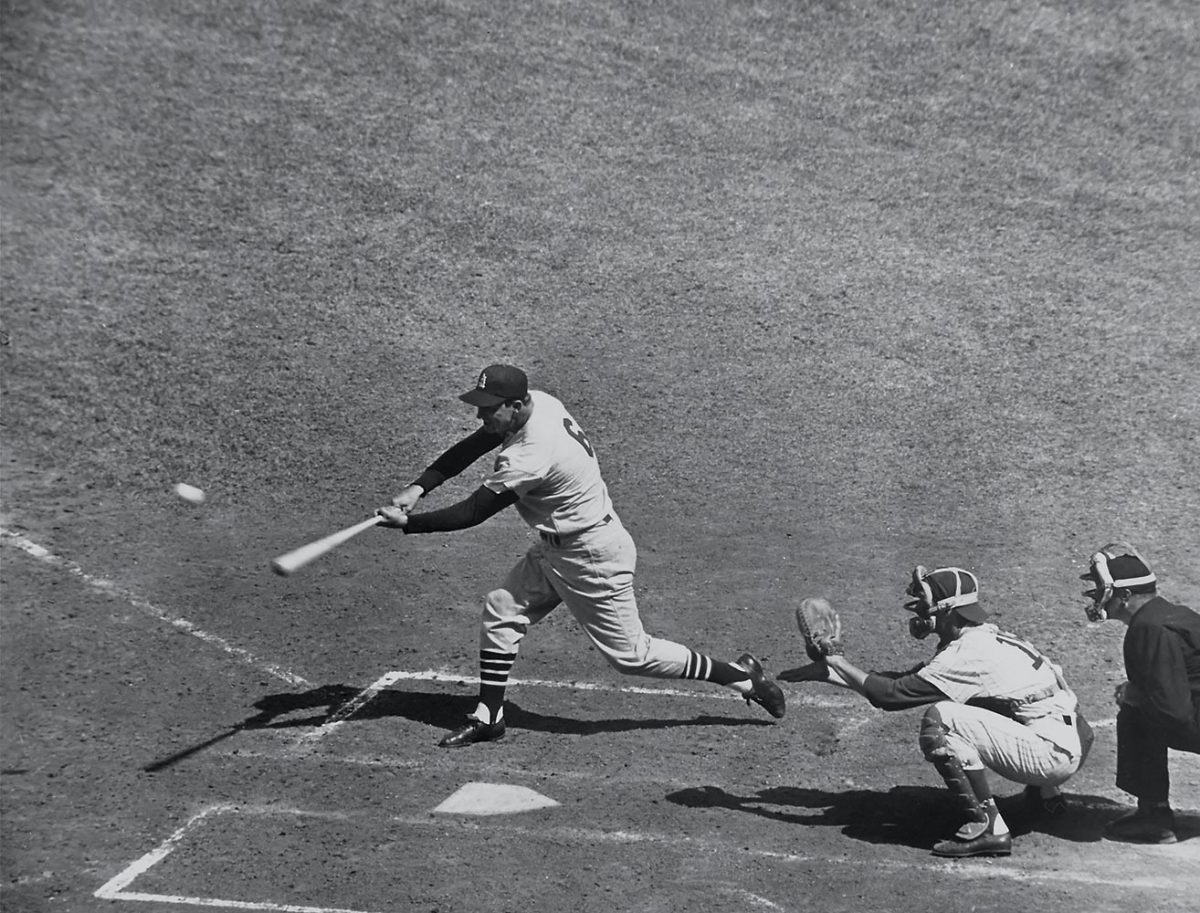
Dec. 29, 1963: Bears beat Giants 14-10 in the NFL Championship game
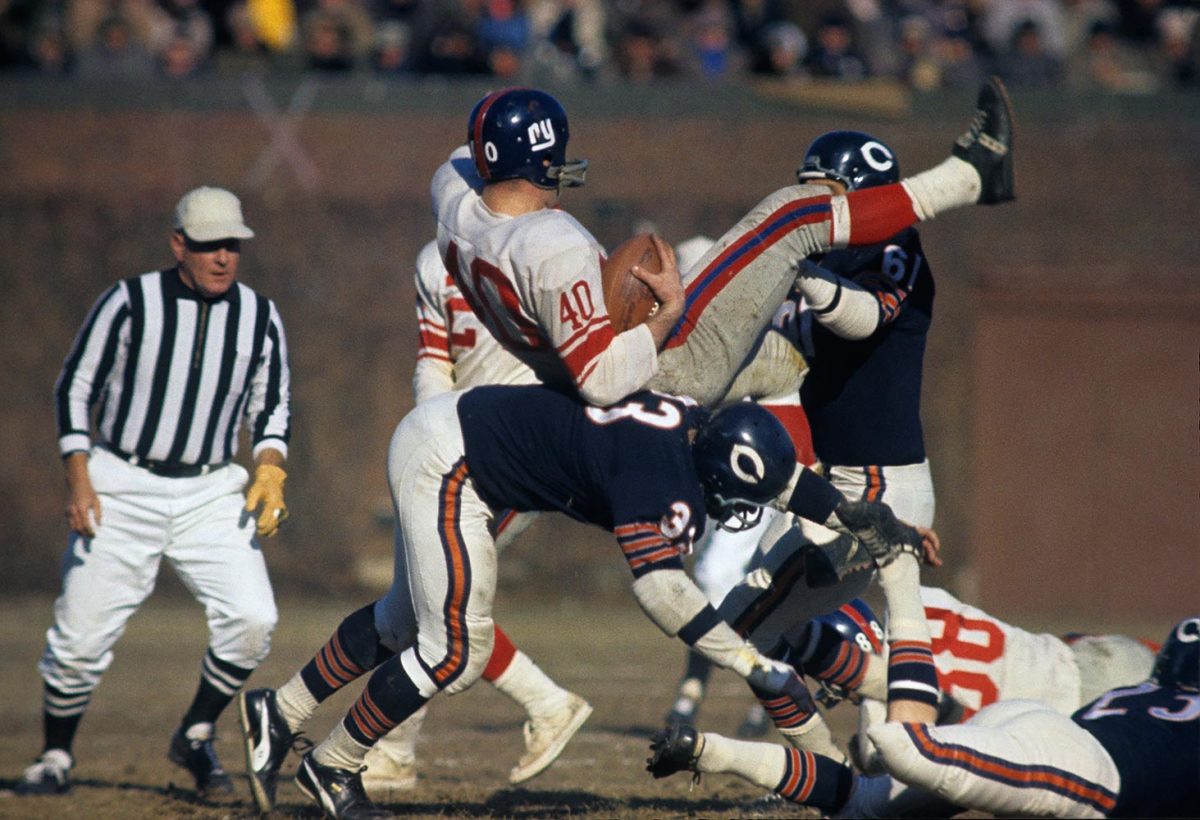
Dec. 12, 1965: Gale Sayers scores six touchdowns
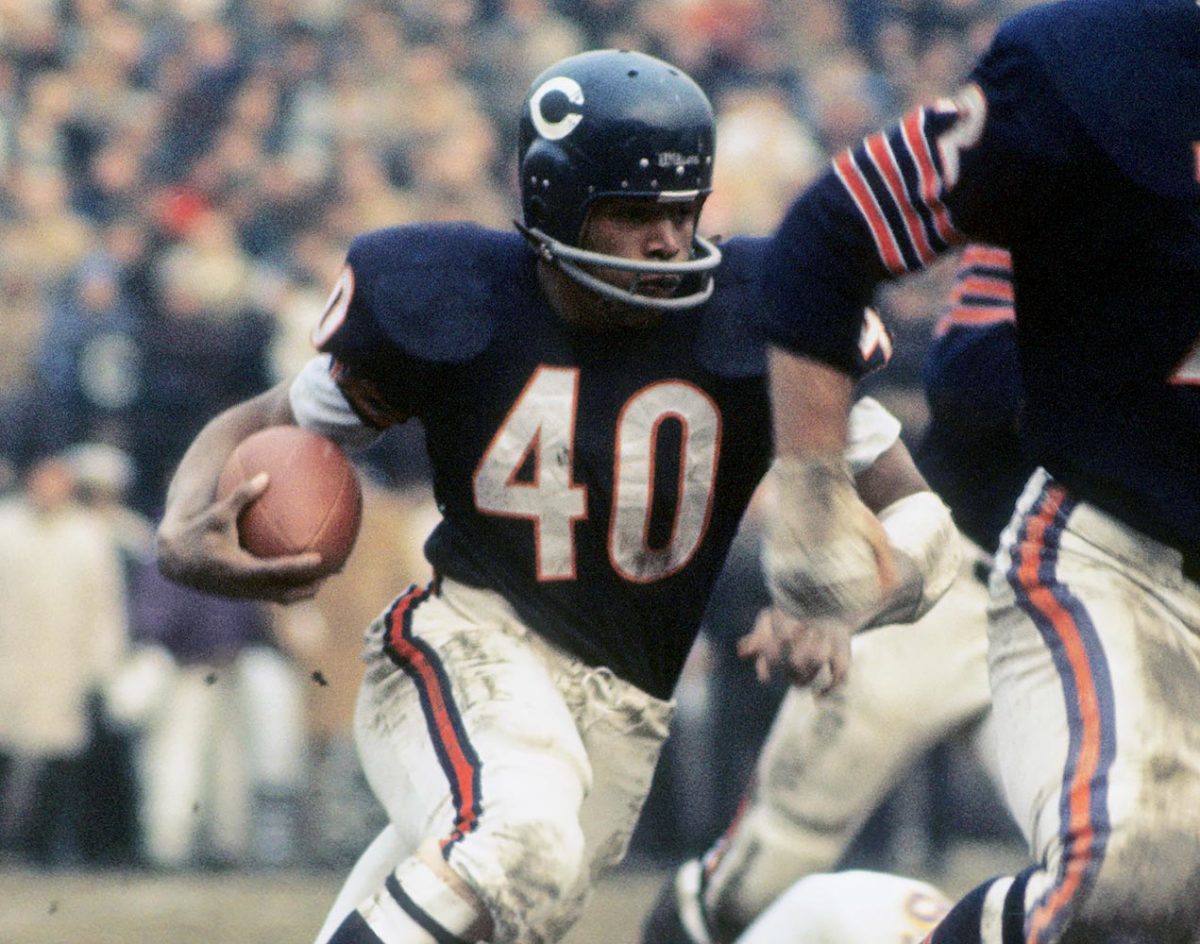
May 12, 1970: Ernie Banks hits his 500th home run
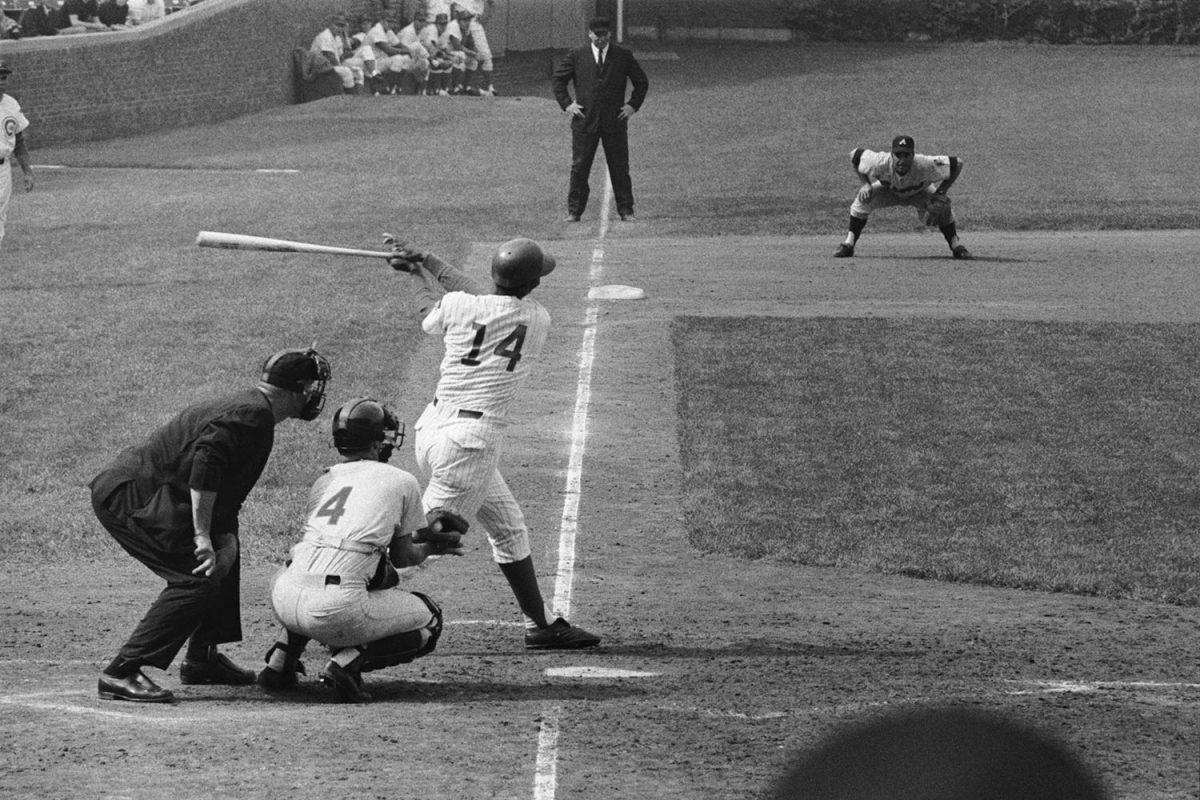
Sept, 2, 1972: Milt Pappas' near-perfect game, missed by one pitch on a controversial ball four
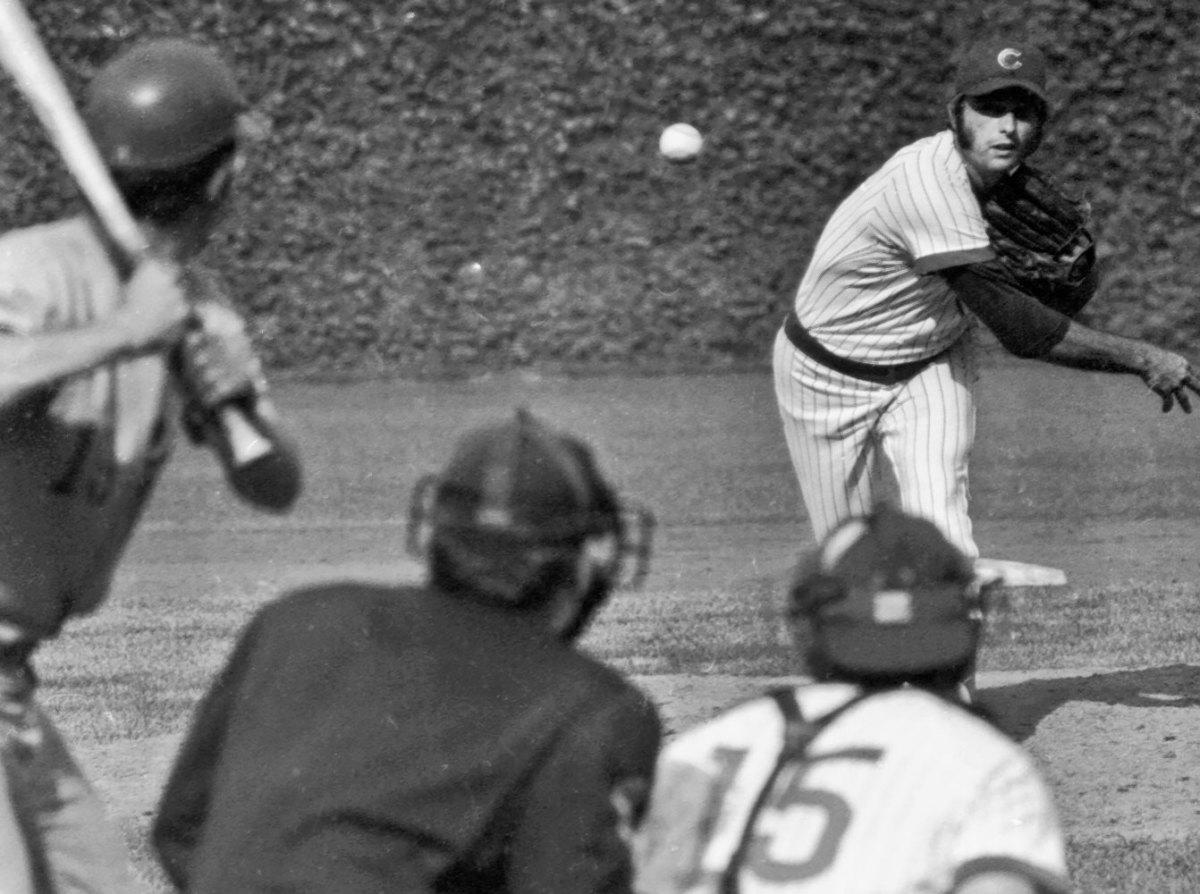
April 17, 1976: Mike Schmidt's four homers in the Phillies comeback, down 13-2, to win 18-16
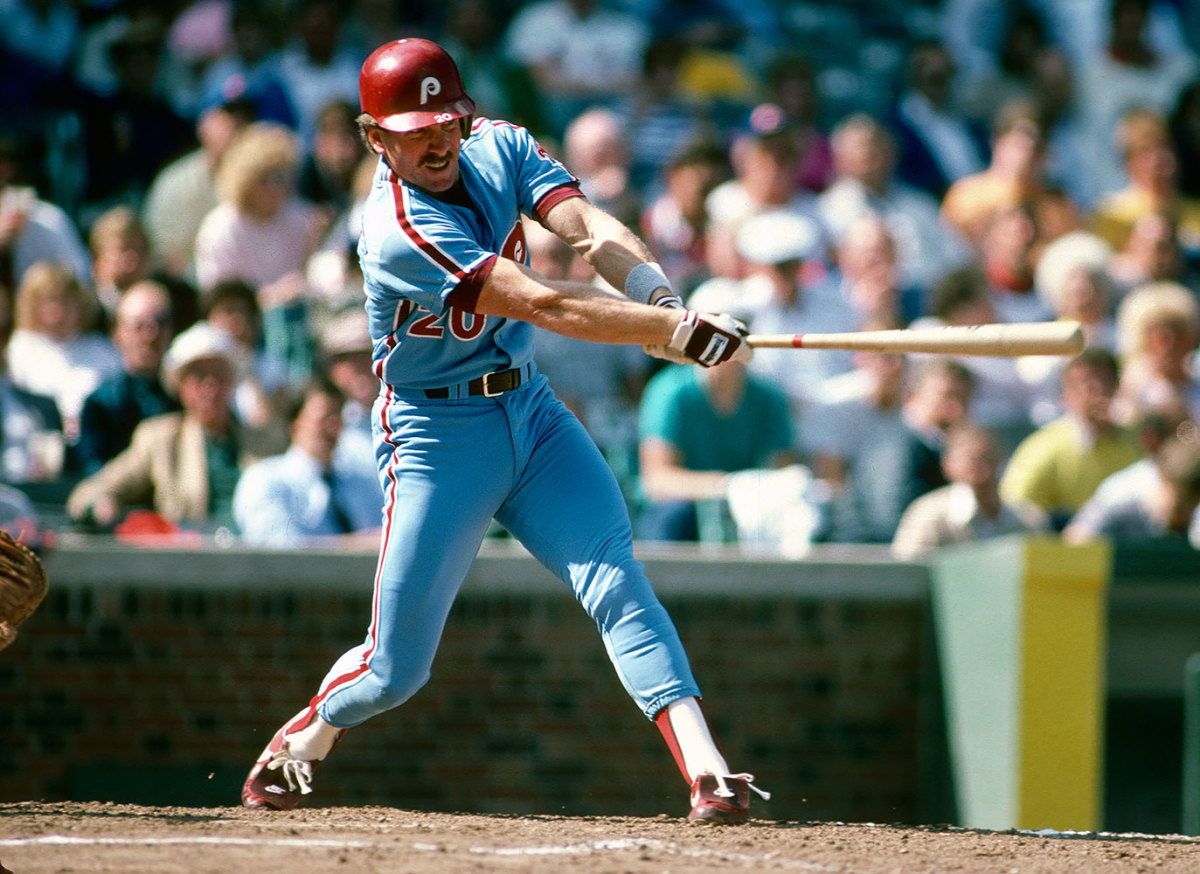
May 17, 1979: 45 total runs scored in the Phillies 23-22 win over the Cubs
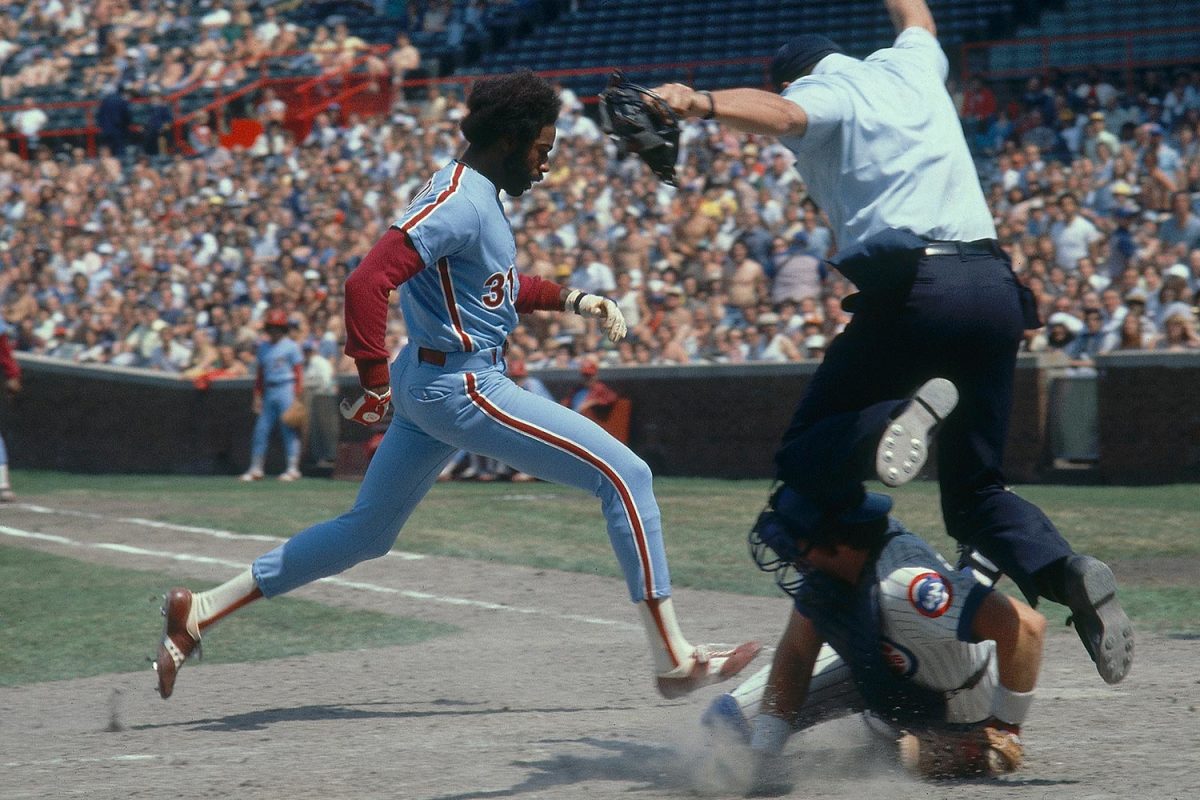
June 23, 1984: The Sandberg Game — hits two home runs and seven RBIs in the Cubs 12-11 win over the Cardinals
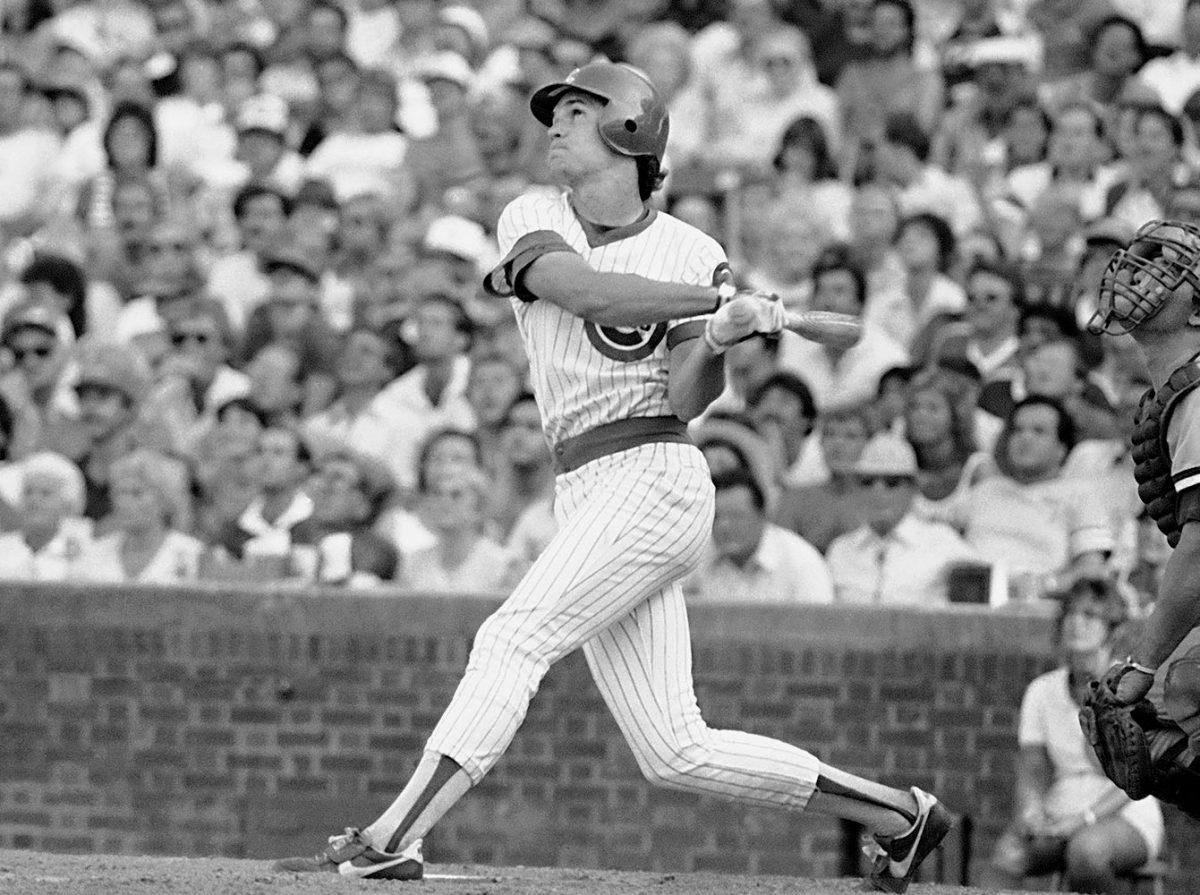
Aug. 8, 1988: First night game
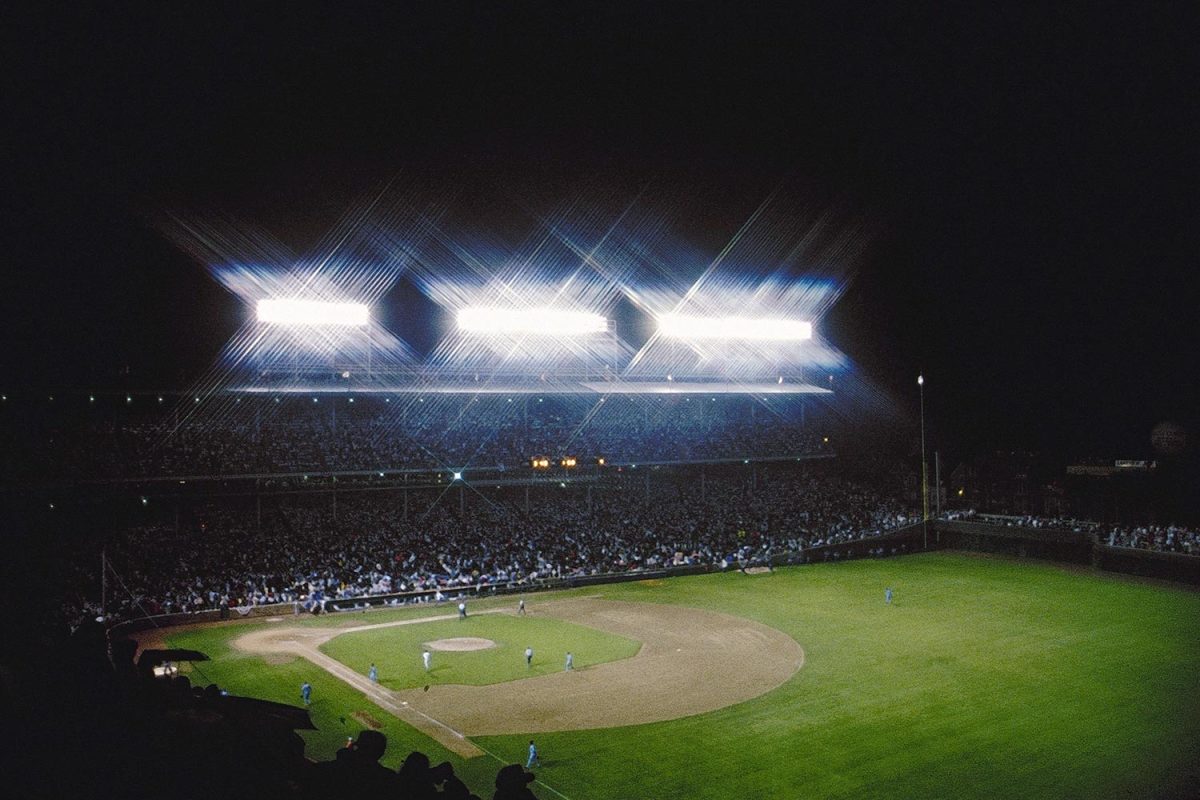
July 10, 1990: Cubs host most recent All-Star Game
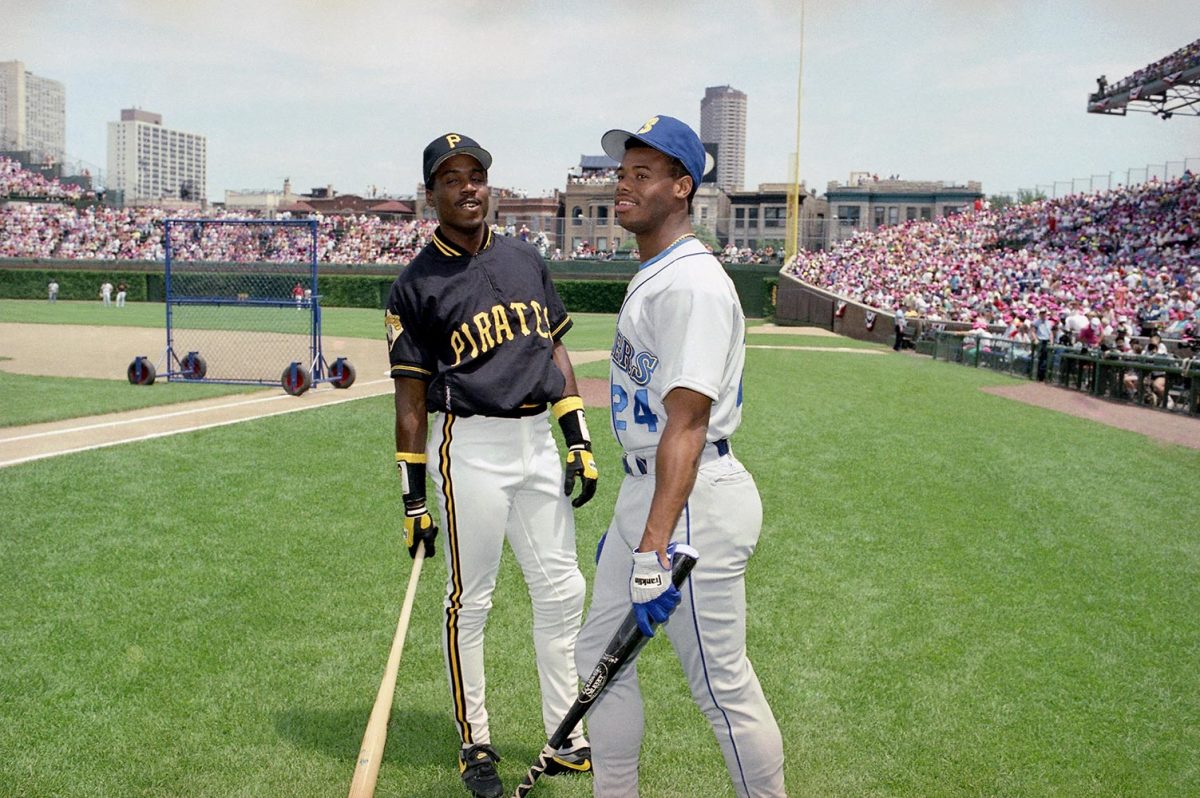
April 13, 1994: Michael Jordan plays for White Sox in Windy City Classic
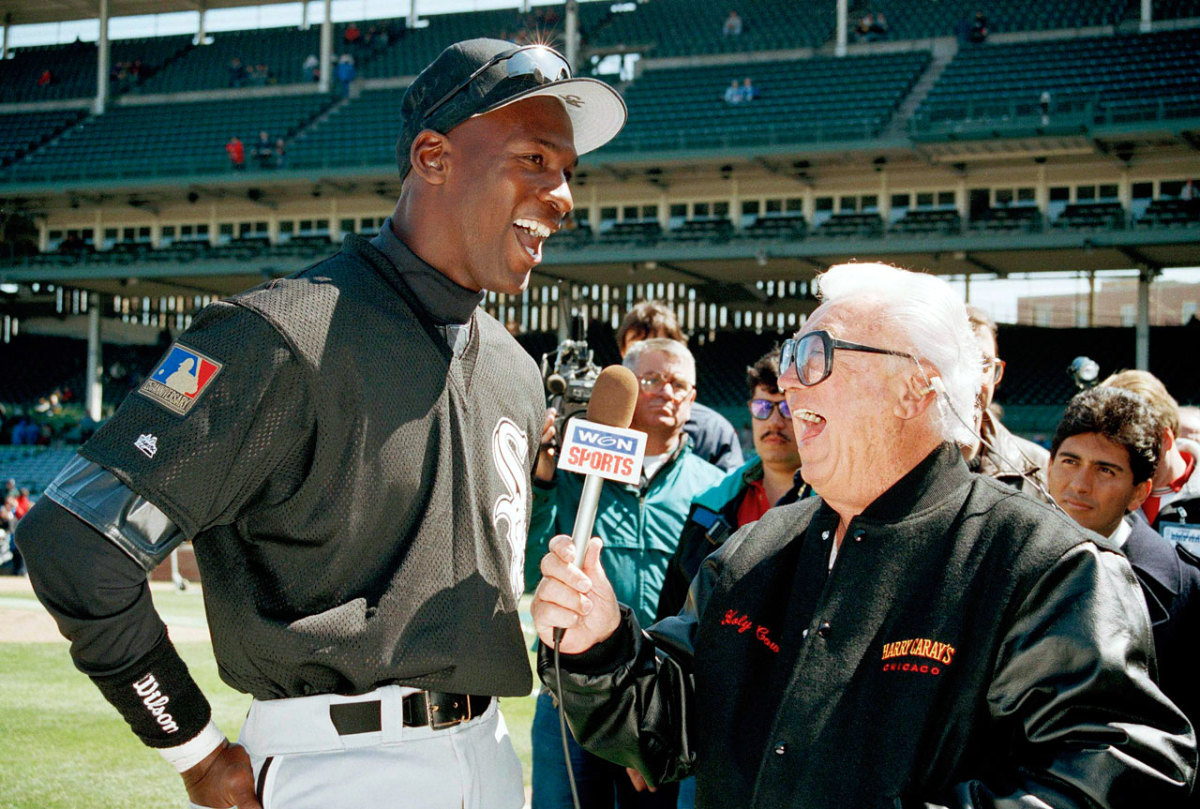
May 6, 1998: Rookie Kerry Wood strikes out 20 Astros
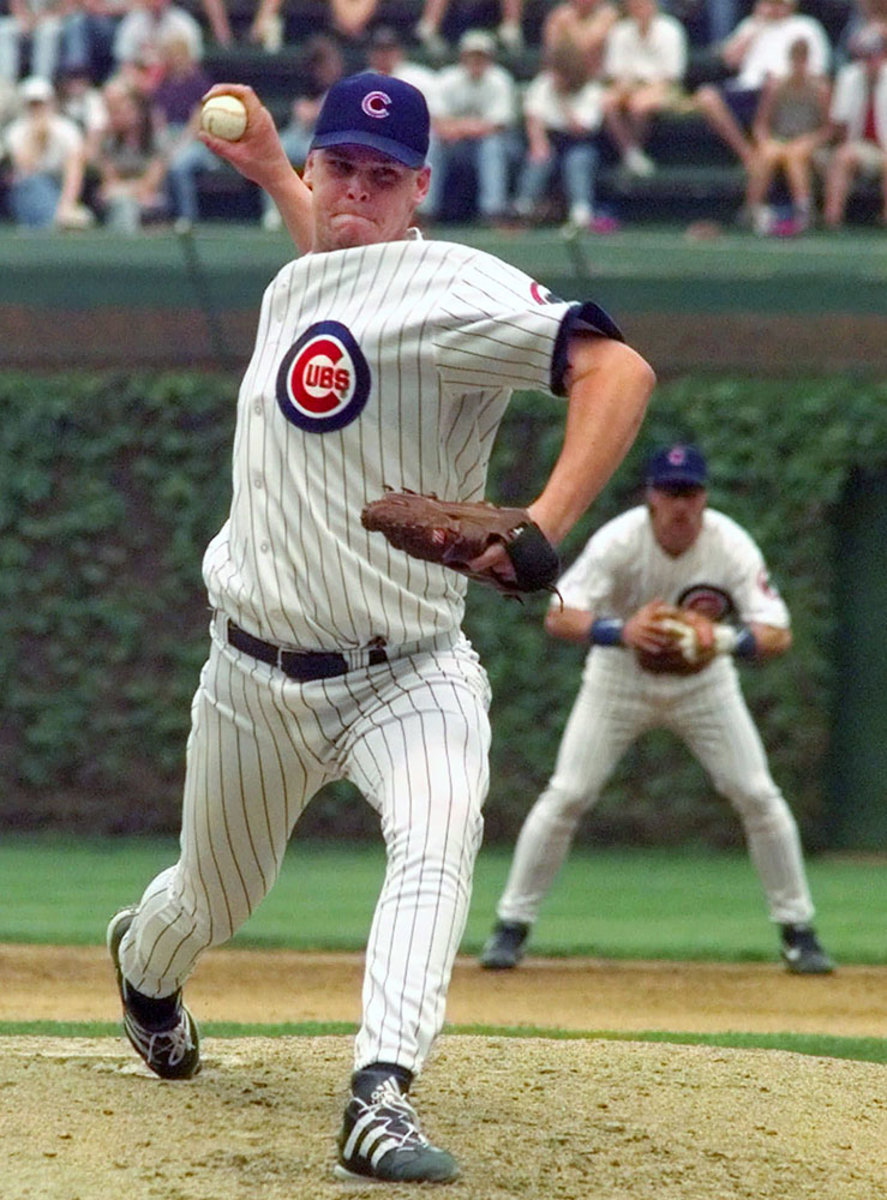
Sept. 13, 1998: Sammy Sosa hits 61st and 62nd home runs
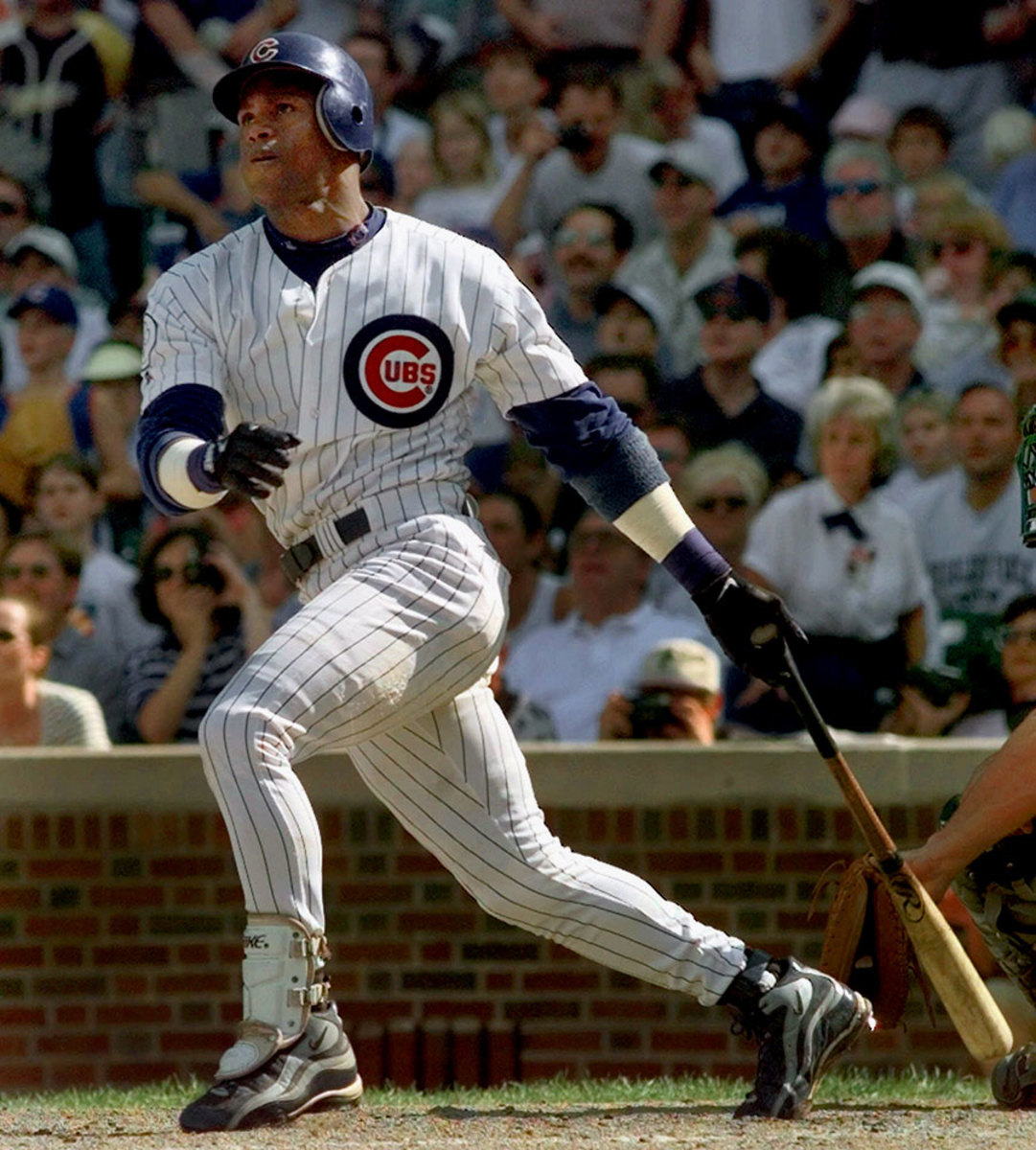
Oct. 14, 2003: The Bartman game
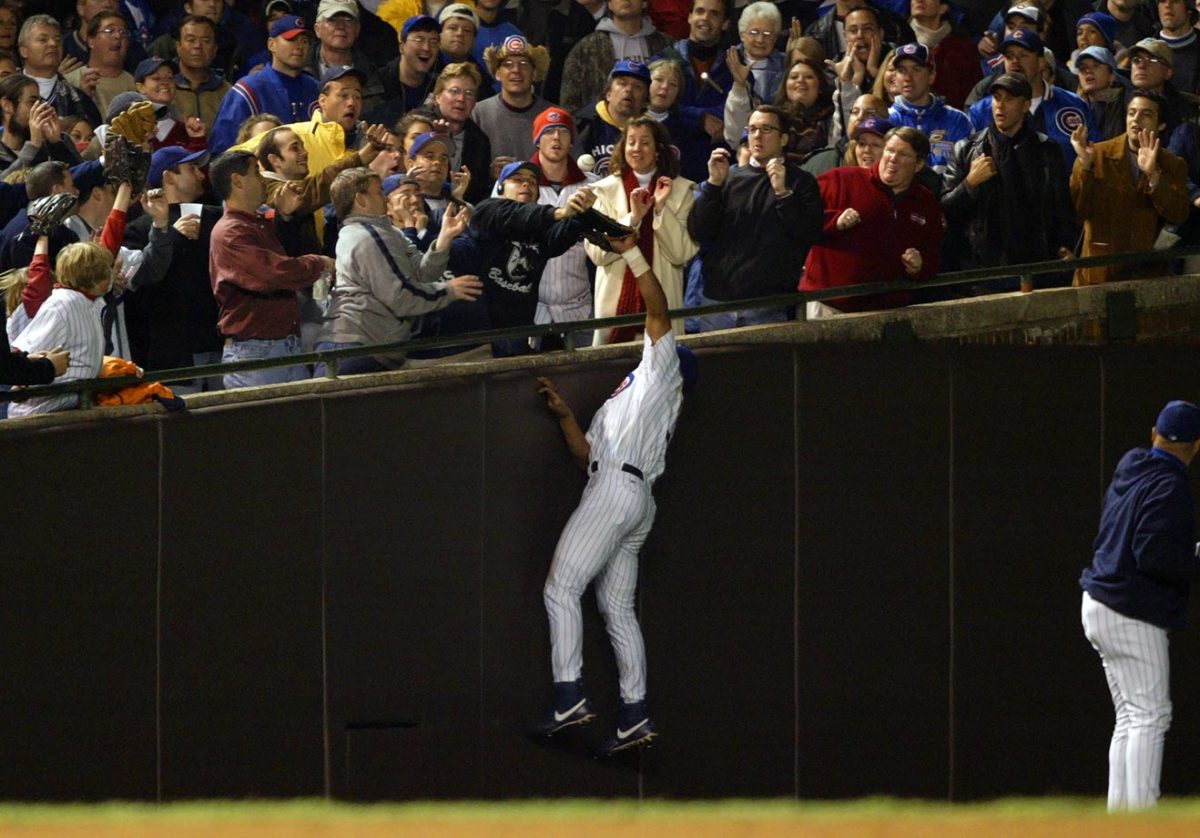
Aug. 5, 2007: Mets’ Tom Glavine wins his 300th game
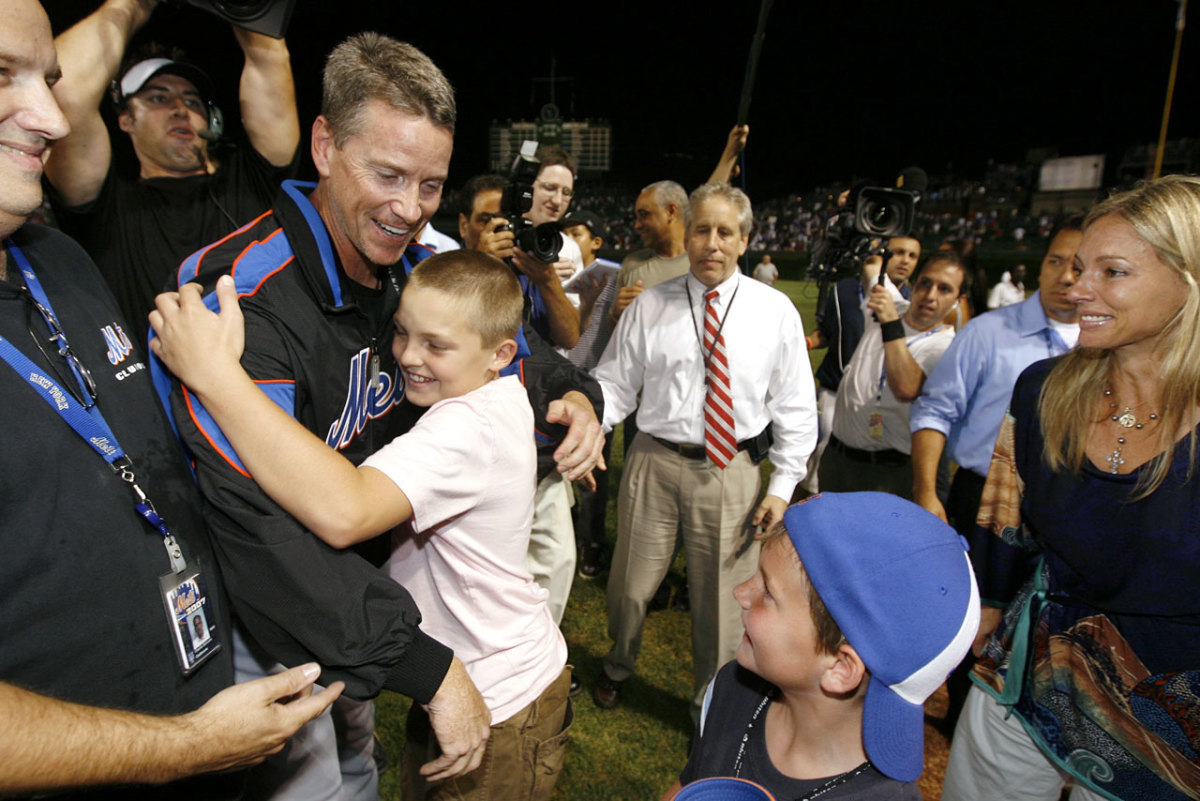
Jan. 1, 2009: Red Wings beat Blackhawks 6-4 in Winter Classic
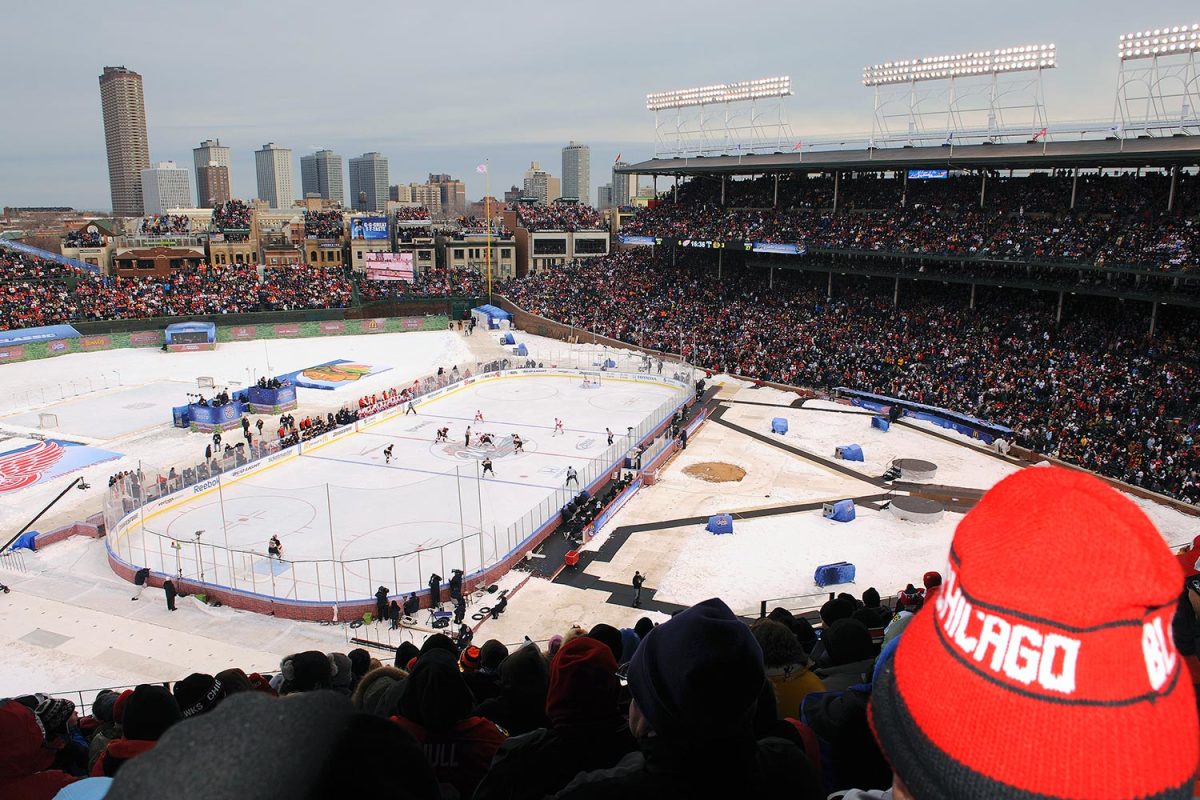
Nov. 20, 2010: Using only one end zone for offense, Illinois beats Northwestern 48-27
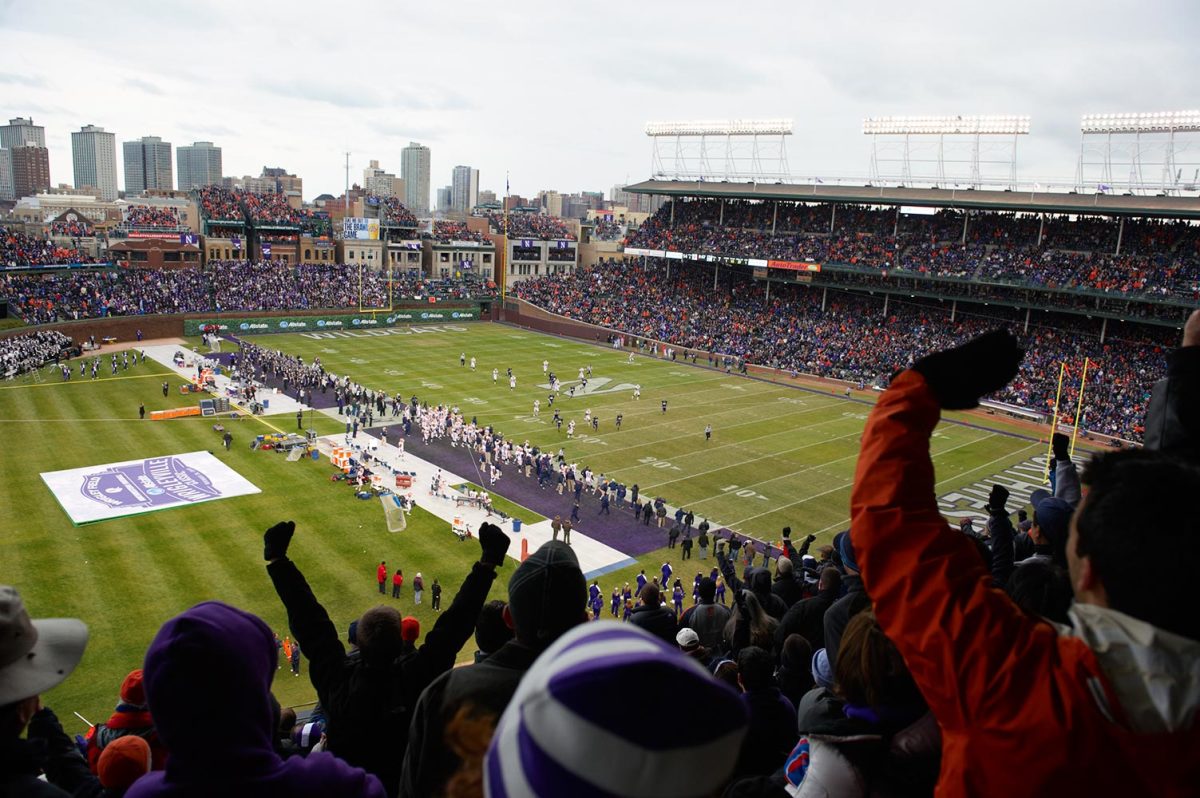
The inferior of the two teams, Los Angeles needs to win every game in which Kershaw touches the baseball. They cannot lose Game 2 and expect to beat Chicago four times in the remaining five games. The Cubs haven’t lost four out of five games since before the All-Star break.
Kershaw games are supposed to be the ones in which Roberts gets a slight reprieve from the aging process of managing postseason games. But this is a Kershaw who missed 10 weeks with a herniated back, only to grind out 101 pitches on short rest in ALDS Game 4, followed just 48 hours later by a two-out save in Game 5. The quaint notion that somehow such an outing, with the season hanging in the balance, was the equivalent of a side session on what was his normal bullpen day is comical. So now even the idea of when to get Kershaw has become a weight on Roberts.
Said Roberts after Game 1, “As long as you think through things and put guys in the best position to have success on your team, a chance to win, you can do the right things, but they can't always work out. I felt really good about it. And I would do the same thing over again. Ten times out of 10 I would take Joe Blanton against Montero, and he took a good swing on a 0-2 pitch. And it's going to happen. That's baseball.”
Managing postseason baseball, especially in the National League—this game would have been a forgettable generic one had the managers not had to deal with the pitcher’s spot in the batting order—has become more complicated than ever.
There have been more relievers used already this postseason than in the postseasons from 1903 to '25 combined. Managers have used 152 relievers in 20 games—almost eight per game. This is the season of a second-guesser’s delight, and of a manager’s withering angst.
